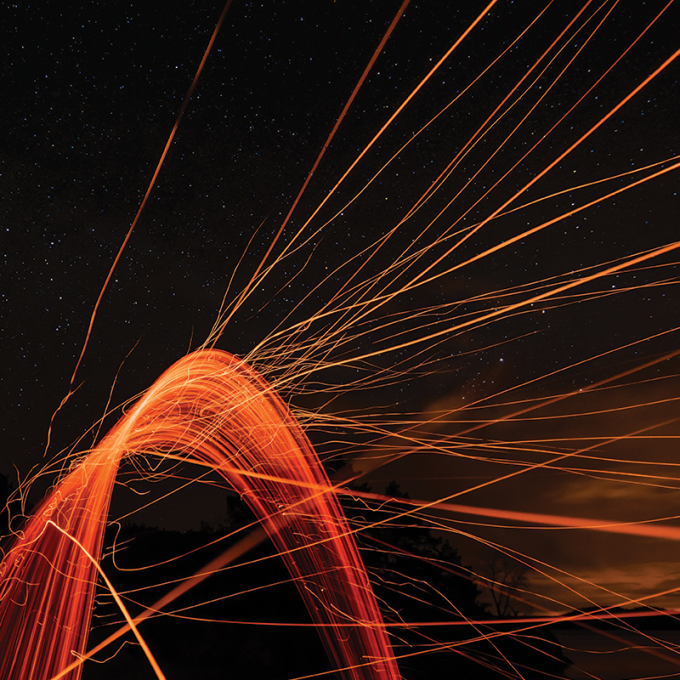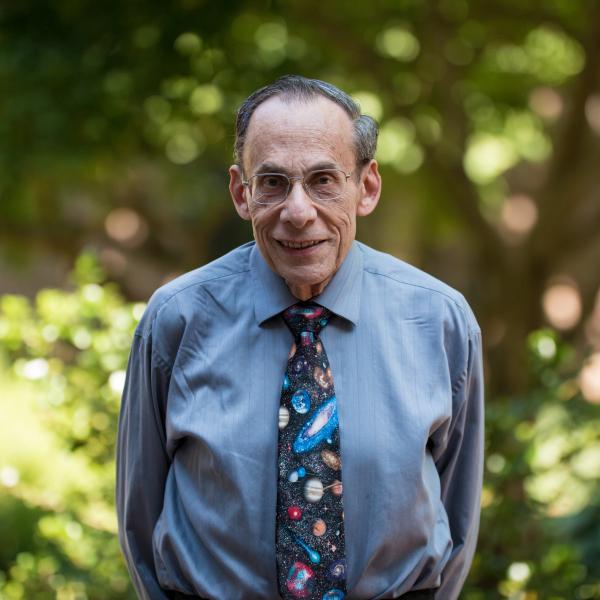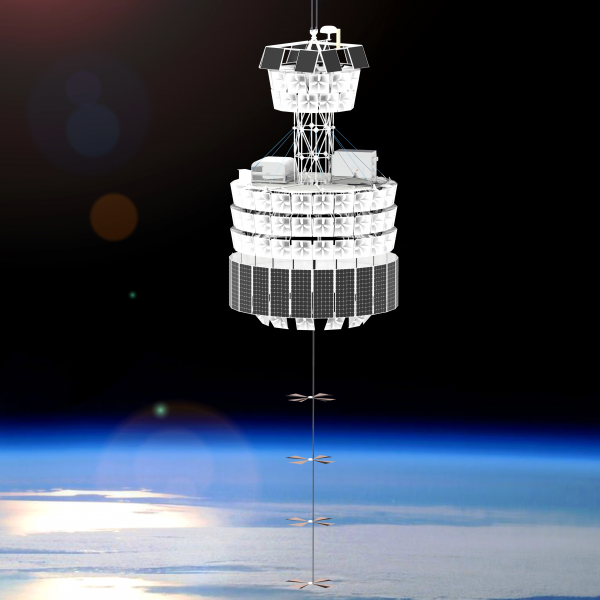Professor Israel has experience with balloon- and satellite-borne instrumentation for cosmic-ray astrophysics extending back to his joining the Washington University faculty in 1968.
Israel was a co-investigator on the Trans-Iron Galactic Element Recorder (TIGER) experiment. Subsequently, he and his colleagues flew a larger SuperTIGER, a balloon-borne Cosmic Ray experiment, which had a record-breaking 55-day flight over Antarctica in December 2012 - January 2013. A successful second flight of SuperTIGER took place in December 2019 - January 2020.
He also works with co-investigators at Washington University, Caltech, JPL, and NASA's Goddard Space Flight Center on analysis of data from the Cosmic Ray Isotope Spectrometer (CRIS) on the Advanced Composition Explorer (ACE) spacecraft, which has been returning data on the isotopic composition of cosmic rays from near the L1 Lagrange point on the Earth-Sun line since 1997. Israel is also working with investigators at University of Hawaii and other institutions on the ANtarctic Impulsive Transient Antenna (ANITA), a balloon-borne instrument that flew over Antarctica in December 2006 searching for extremely high energy (>1018 eV) neutrinos and detecting cosmic rays of energy ~1019 eV. Since then, ANITA-II, III, and IV launched, the latter in December 2016.






